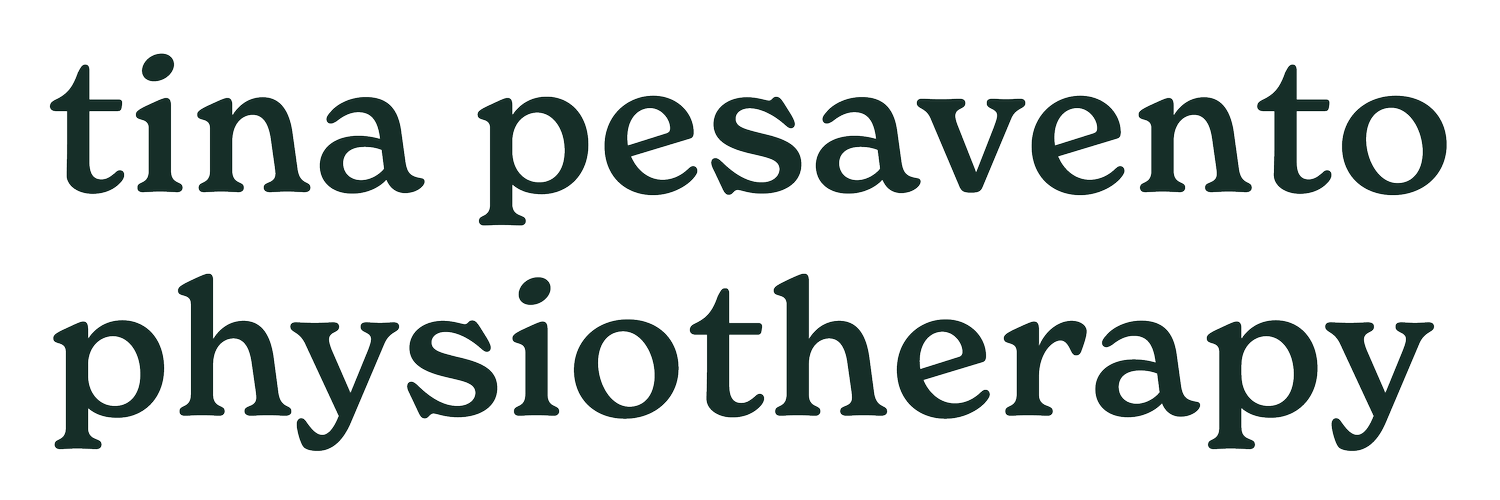Is your child having poo and wee accidents?
If your child leaks wee or poo, wets the bed, or only poos in their nappy, they are certainly not alone. There are many reasons this can occur. It is never your child’s fault.
Constipation is the most common reason for wee and poo accidents, but the following reasons can all play a part:
Not drinking enough water
History of sore poo
Ignoring the urge to wee/poo
Bladder irritants, soft drinks OR food/drinks that irritate the bladder (such as soft drinks)
Weak and poorly coordinated core muscles
Your child doesn’t like the feeling of weeing/pooing
Poor toilet set up
Ignoring the urge
? incorrect/unhelpful Breathing pattern
Your child doesn’t like school toilets
Toilet trained too early
Not weeing regularly enough
Bladder infections
Medication
Genetics
Between 10 and 20% of children are constipated, with the peak incidence between 2 to 4 years old, often when children are being toilet trained. Constipation can become an ongoing problem if not addressed.
95% of these children have functional constipation, meaning there is not an organic cause. Constipation causes 30-50% of wee leaks in children and 3% of poo leaks.
WHAT CAN YOU DO TO HELP?
Making sure your child drinks adequate fluids (30mls per kg of body weight in a day) and has a good balanced diet including fruit and vegetables.
Provide a potty or foot stool at the toilet so your child feels safe and comfortable when sitting on the toilet.
Ensure the toilet is a warm and comfortable environment, including having bright pictures on the toilet door.
Watch for wee holding! Emptying every 2 to 3 hours leads to healthy bladder growth. Not holding on.
Encouraging your child to have a sit on the toilet after each meal, as this is the best time for bowels to push along the poo.
Relax on the toilet and ‘let it all out’. No straining to wee, no red face or hard tummy muscles. Breathing and relaxing until fully empty. Use books, puzzles to help your child relax.
WHAT CAN A PHYSIOTHERAPIST DO TO ASSIST?
Support toilet training (balance and core stability, posture, breathing exercises, relaxing of body, and teaching effective straining)
Increasing awareness of sensations as urge (integrating sensory info)
Pelvic floor muscle training (awareness, relaxation during bowel movements or activating to prevent faecal incontinence)
Assess rectal diameter to determine if child experiences constipation and monitor improvement. The rectal diameter can be measured using an ultrasound via the abdomen.
There are many ways to help children with constipation. Seeing a physiotherapist with a special interest in pelvic health will help address these problems and assist your child with toileting well.


